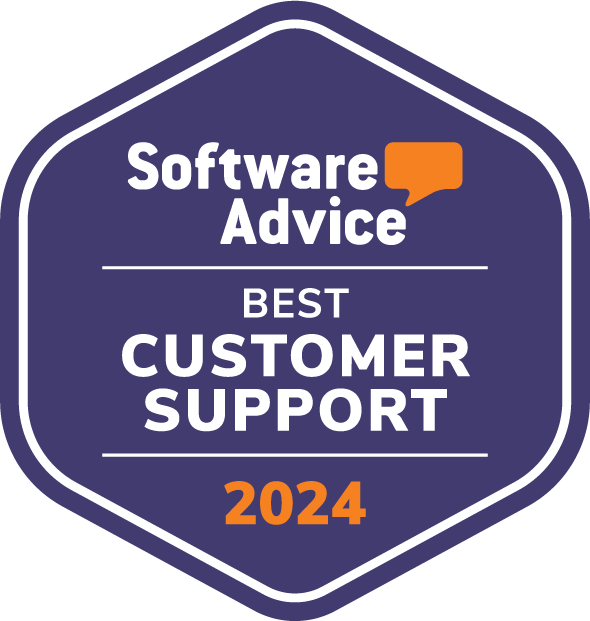Viva Goals: How to adopt the OKR Framework with Microsoft Teams
Planning business strategies is not difficult.
You just need to have the right mindset.
And the right tools.
Find both in our article.
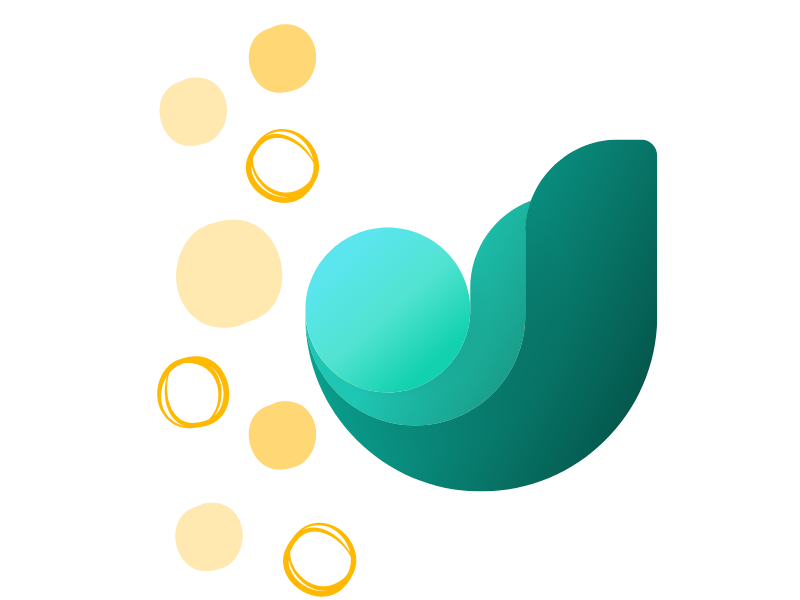
What you will find in this article
What is Microsoft Viva Goals
Viva Goals is the Microsoft Viva module for tracking business goals in a simple, clear and engaging way for all people within an organization.
This module stems from Microsoft's desire to offer companies a tool they can use to apply in their digital work environment with the now popular OKR Framework, the methodology that relies on goals (Objectives) and results (Key Results) to increase productivity.
In fact, Viva Goals is designed to help a company define its main strategic objectives and establish the results that teams and individuals need to achieve in order to materialize them, coordinating their activities.
So let's see together what the benefits of the OKR Framework are and how to adopt it successfully using Viva Goals, its features and its integration with Microsoft Teams.
What is intranet.ai?
intranet.ai is the ready-to-use corporate intranet, designed to reduce costs and implementation times, thus creating a collaborative and modern digital work environment:
- Initial price of 3,650 €/year for a complete intranet
- 50+ applications, including advanced search, document management system, push notifications via Teams, personal profile, and FAQ pages
- 100% integrated with SharePoint Online and Microsoft 365
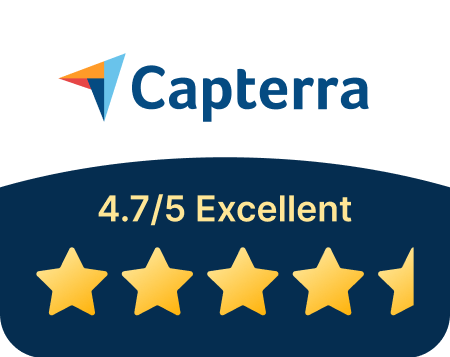
How to track business goals
according to the OKR Framework
The OKR Framework is a framework for business planning developed by Andrew Grove, president and CEO of Intel, based on two key elements:
1. Objectives, which define the direction toward which all of a company's activities and processes should point. According to Grove, they must be:
- Meaningful.
- Concrete.
- Action-oriented.
- Strongly inspirational.
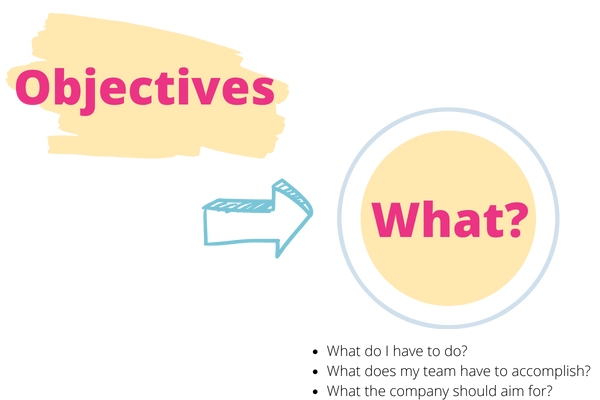
2. Results, which are the necessary actions to be taken to achieve a given goal. To be useful, the results must be:
- Specific.
- Time-bound.
- Ambitious.
- Realistic.
- Measurable.
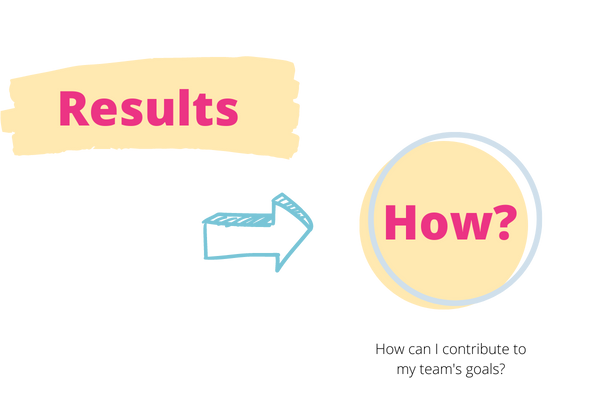
Together, goals and results return as broad and detailed an overview of the corporate vision to create synergy simultaneously among departments, teams and individuals.
Indeed, the OKR Framework serves to decline corporate strategies into projects in which all people in the company are expected to participate and contribute, moving beyond the separations that often make communication between different departments difficult.
Let's clarify with an example.
Let's imagine that your company wants to increase its online visibility.
We could express this intent with the phrase:
“I want to increase the visibility of my brand”
Is this a good goal according to the OKR Framework? Yes, because it is:
- Meaningful = high-level.
- Concrete = leads to tangible change.
- Action-oriented = can be declined into at least one outcome.
- Inspirational = engages corporate audiences, calling them to action.
Now that we have identified a valid goal, we can identify the results needed to achieve it.
An example is the Key Result for the Marketing and Communications department:
“Create 100 pieces of content to be posted on
the company website and social media by Q1”
We know that this is a useful result because it is:
- Specific = corresponds to a precise action.
- Time-bound = there is a deadline for its tracking.
- Ambitious, but also realistic.
- Measurable = progress made is based on the number of content posted.
We talked earlier about how goals and outcomes help improve communication between departments.
It might seem that our example strays from this premise, since the outcome related to the goal concerns people in only one team (Marketing and Communication).
However, if more technical information was needed to produce the content, perhaps to write an article about some product details, here is the result of the Marketing department leading to collaboration with the R&D department. For example, we could establish the new result:
“Arrange 2 interviews per week until the end of Q1”
Or we could assign an outcome only to people in the R&D department to support communication activities. An example might be:
“Record 9 tutorials to show product functionality by Q1”
Increasing brand visibility thus becomes a shared goal. But it doesn't end there.
In fact, the team's result can be broken down into smaller parts to better track its progress.
Taking our example again, we could divide the result:
“Record 9 tutorials to show product functionality by Q1”
in
“Record 3 tutorials by the end of January”
“Record 3 tutorials by the end of February”
“Record 3 tutorials by the end of March”
and assign these three results to one or more people in the R&D section.
The benefits of the OKR Framework are thus now evident.
On the one hand, business strategies are finally communicated in a simple and practical way to the entire organization; on the other hand, autonomy is given to teams to establish, plan, share, and track their results.
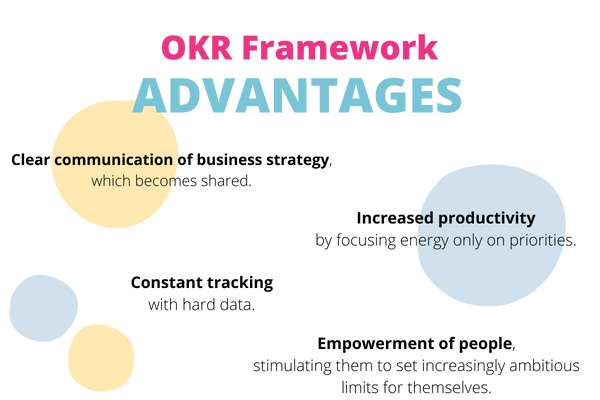
There is a problem, however, that often prevents companies from adopting the approach devised by Grove.
This fundamental problem is the lack of adequate tools to analytically monitor both the goals and the results an organization has set for itself.
That's where Viva Goals comes in.
What are the main features of Viva Goals
for Microsoft Teams
Microsoft Viva is the suite created to improve people's lives in the company by providing them with a new way to learn, exchange ideas, organize time, and track personal performance as well as their goals.
For each of these aspects, Viva offers applications to integrate with Microsoft Teams, as its communication and collaboration features form the basis for a good employee experience.
Viva Goals is the module dedicated to tracking progress from an OKR perspective, available both for browsers and as a personal app for Teams.
So let's start with the crux of the matter, which is why Viva Goals is the tool a company needs to adopt the OKR Framework while achieving all the benefits seen in the previous chapter.
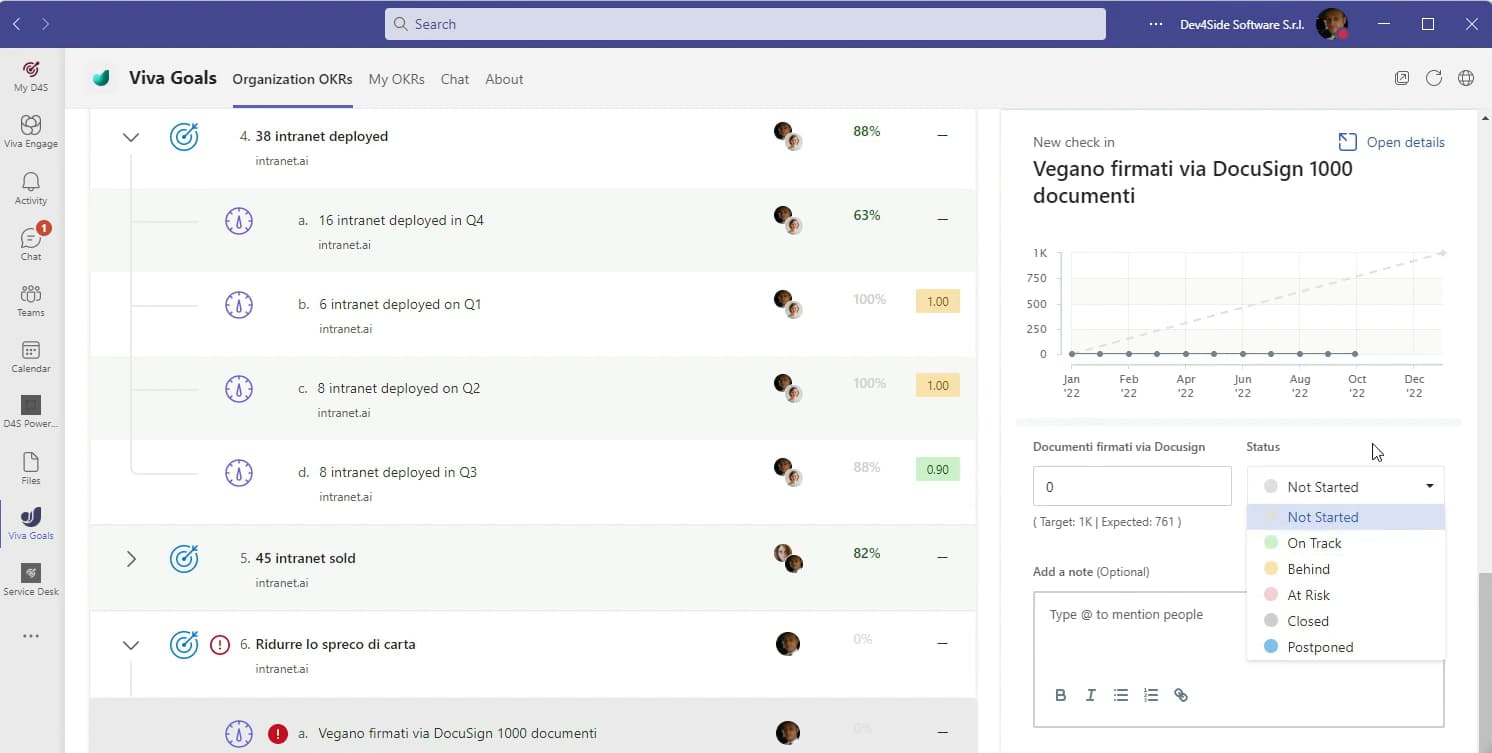
Overview of Viva Goals on Microsoft Teams
The first motivation concerns the simple and precise structure for planning goals and outcomes.
In fact, these are divided into three levels:
- Organization, with the goals defining the overall strategies.
- Team, with the specific goals for user groups.
- Individual, with the results for which individual users are responsible.
Whatever the level of membership, goals and results are defined by title, owner, reporting period (e.g., Q1) and customized tracking methods.
In the case of the Microsoft Teams app, it is also possible to leave comments or share content in chat, perhaps to show the progress of an achievement and ask colleagues' opinions on how to improve it.
The second motivation is the extensive possibilities for monitoring progress and collecting data.
For one thing, metrics and percentages are made available to measure in the following ways:
- Reach.
A value is set to be achieved. - Increase from/Decrease from.
Two values are established, a starting value and a target value. - Stay above/Stay below.
A threshold value is defined to be exceeded or not exceeded. - Find a baseline.
No baseline value is given, so that the user can choose later by which criteria to weigh his or her progress.
On the other hand, a manual and an automatic content update are provided.
Since manual updating is rather self-explanatory, let us turn to the second. In this case, the user can integrate external applications so that any new data entered into them is automatically factored into Viva Goals results and objectives.
Among the supported platforms, we highlight Excel, DevOps, SQL Server, Azure Data Explorer, Asana, and Salesforce, but the list goes on to include more than 20, and Planner, Microsoft Project, and Power BI data sets are coming soon as additional data sources.
What you might be interested in is the fact that, beyond the way you choose to track goals and results, these compare how fast you are progressing and how fast you expect to progress.
In other words, you can always check that you are proceeding at the right pace to get to your destination on schedule. Or adjust it accordingly, after seeing the red signals (literally) that will start populating your interface in case of an alleged delay.
Before we conclude, we want to mention one more feature that makes Viva Goals the worthy support for business planning.
We refer to the customizable dashboards, which are an optional end point in goal tracking.
Indeed, the user can use them to compare the progress of different results and present his analysis to the rest of the corporate audience, highlighting the progress made personally or by his team.
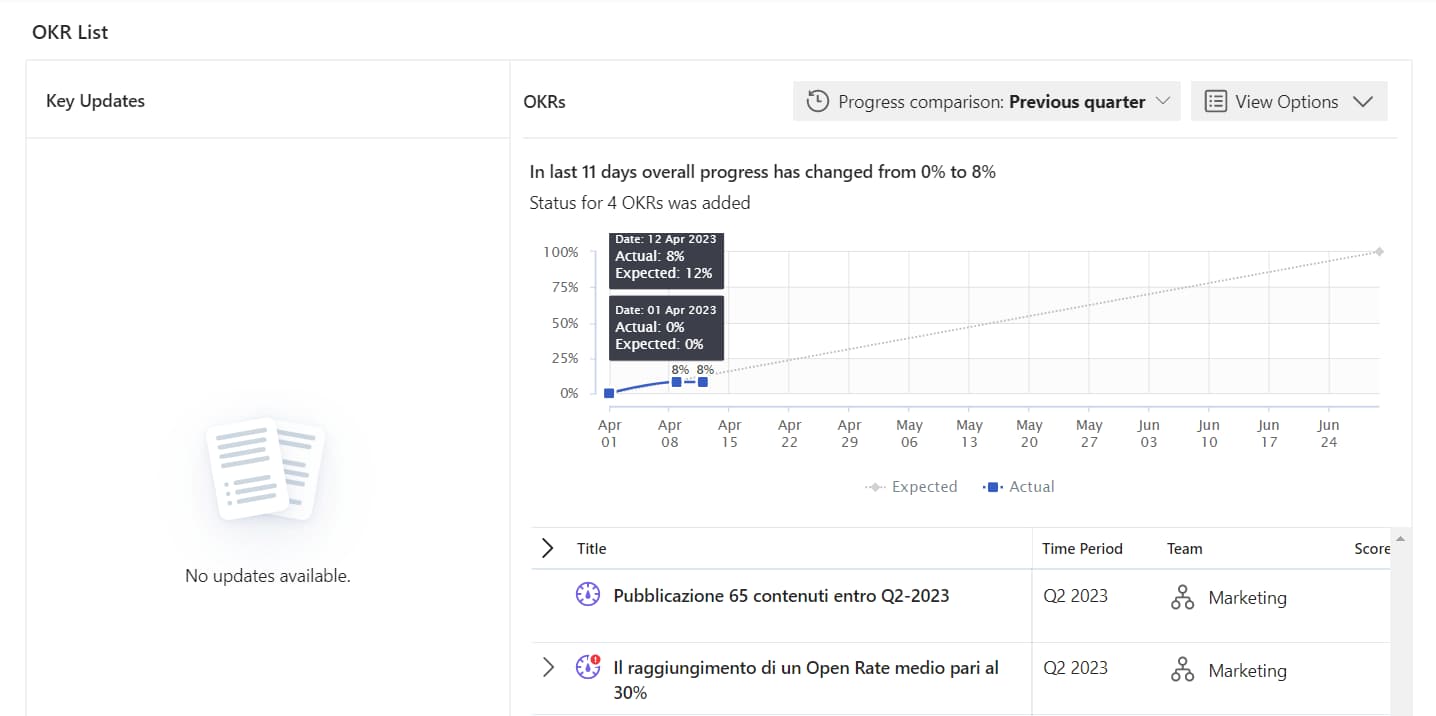
Overview of a Viva Goals dashboard
We have reached the end.
We have presented to you, in great summary, the main features of one of the tools that will change in the near future the perspective that companies have on their productivity and thus their growth.
Recall that the OKR Framework is the approach that enabled organizations like Google and Intel to get to the level for which we know them today. For Google in particular, starting from the size of a start-up.
These seem like too-good-to-be-true results, but this is how history happened and this is how you can change your company's.
All it takes is the right mindset. Along with the right tool.
Do you want a complete, ready-to-use intranet?
intranet.ai is the SharePoint Online-based solution for simplifying internal communication and digitizing business processes with minimal investment of time and money.
- 50+ features for communication and employee experience
- Branded design, customizable in every detail
- Full integration with Microsoft 365 and Viva
Giuseppe Marchi
Microsoft MVP for SharePoint and Microsoft 365 since 2010.
Giuseppe is the founder of intranet.ai and one of the leading experts in Italy in all matters related to Microsoft 365. For years, he has been assisting companies in creating their digital workplace environment on the Microsoft cloud, focusing on people's experience.

Keep on reading
Microsoft Viva Learning: How to Manage Training on Teams

Let’s see what Viva Learning is and how to use it for internal training, from its features to integration with Teams, SharePoint, Copilot, and Moodle.
Microsoft Planner: Beginner's Guide and Key Integrations

Planner is Microsoft’s app for project management. Let’s explore its features, differences, and integrations with SharePoint, Teams, Trello, and more.
SharePoint Document Management System: How and Why to Use It?

Here’s how to create a document management system with SharePoint Online, leveraging its features, document libraries, and available integrations.
